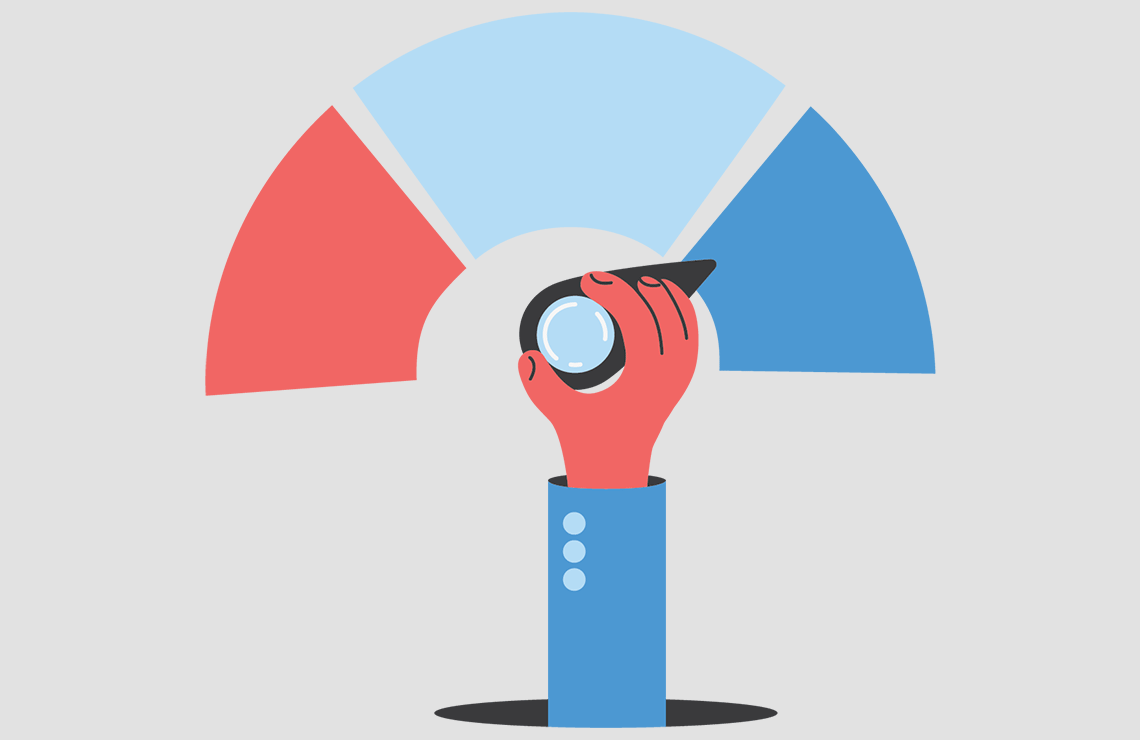
Our project will search for the best way to work
On March 12, 2020, all Schibsted employees left our offices to go home. And stayed home – our living space became our workspace. But where do we go from here? To investigate this Schibsted has initiated the Future of Work-project.
Despite obvious challenges, working from home has surpassed all expectations. In fact, we (employees worldwide) have actually been more effective per day, at home. We are more focused, and more productive. Comprehensive studies show that we work on average 1.2 hours more. In addition, many of us save on the time and stress due to our daily commute – benefiting ourselves and the environment, with less travel-based emissions.
However, there are some risks emerging. Self-regulation can be an issue and there can be a tendency for increased stress, which in itself can contribute to employee ”burnout”. Our work-life balance, previously so clearly defined, becomes blurred – where does the office end and home begin? Many of us also miss working in teams, collaborating face-to-face and socializing with colleagues. Those spontaneous chats by the coffee machines – the laughs, inspiration and shared ideas – are simply no more.
A better working environment
This work-from-home period is and has effectively been a giant pilot exercise, one we must learn from to mould a better working environment for the future. What are the advantages and disadvantages? What are our key learnings so far? How can we adapt to optimize?
At Schibsted we’ve started by asking our employees what they want.
Change is the short answer. In surveys over 60 percent have expressed a preference for mixing working from home, remote from other places and working from the office and almost 20 percent want a fulltime home office.
Now it’s up to our leaders, to listen to these employee needs, to harvest great ideas, try them out and discover the best way to meet the changing requirements of our employees and the business itself. A challenge, but also an exciting opportunity – and this is where the Future of Work-project comes in.
The project will focus on four key areas: Leadership, workplace, employee experience, and collaboration.
The project is experiment-based to determine how we can adapt as a business and employer, creating the culture, infrastructure, routines and leadership for the future.
We will test and research
It will be exploratory, comprehensive and inclusive – we will involve all of our brands. We will take time to test and research internal solutions and look into inspiration and input from external benchmarking and expertise. By experimenting we can see what works well and what does not for our individual brands, assessing strengths and weaknesses.
To help our brands navigate when working with the Future of work-project we have created a framework that can be used as a tool in the process. The framework helps brainstorm, set direction, define specific goals and what to measure.
Apart from the focus areas we have defined a set of guiding principles that involves culture, innovation and sustainability to help us make choices and provide direction as we are experimenting our way towards the Future of work transformation.
To stay ahead as a business Schibsted needs to lead change rather than react to it, setting out bold ambitions and finding the strategies, tools and capacity to achieve them. We know we can and must do things differently. In a recent study carried out prior to the pandemic by Morten Hansen, Management professor at University of California, Berkeley, he found only 20 percent of employees, out of a focus group of 5,000, worked efficiently at their offices. So, for 80 percent of people there was a better way of working. We aim to find that way.

Renate B Johnstone
Project Manager Group Communication
Years in Schibsted
3
What I’ve missed the most during the Corona crisis
Seeing people face to face, no doubt!